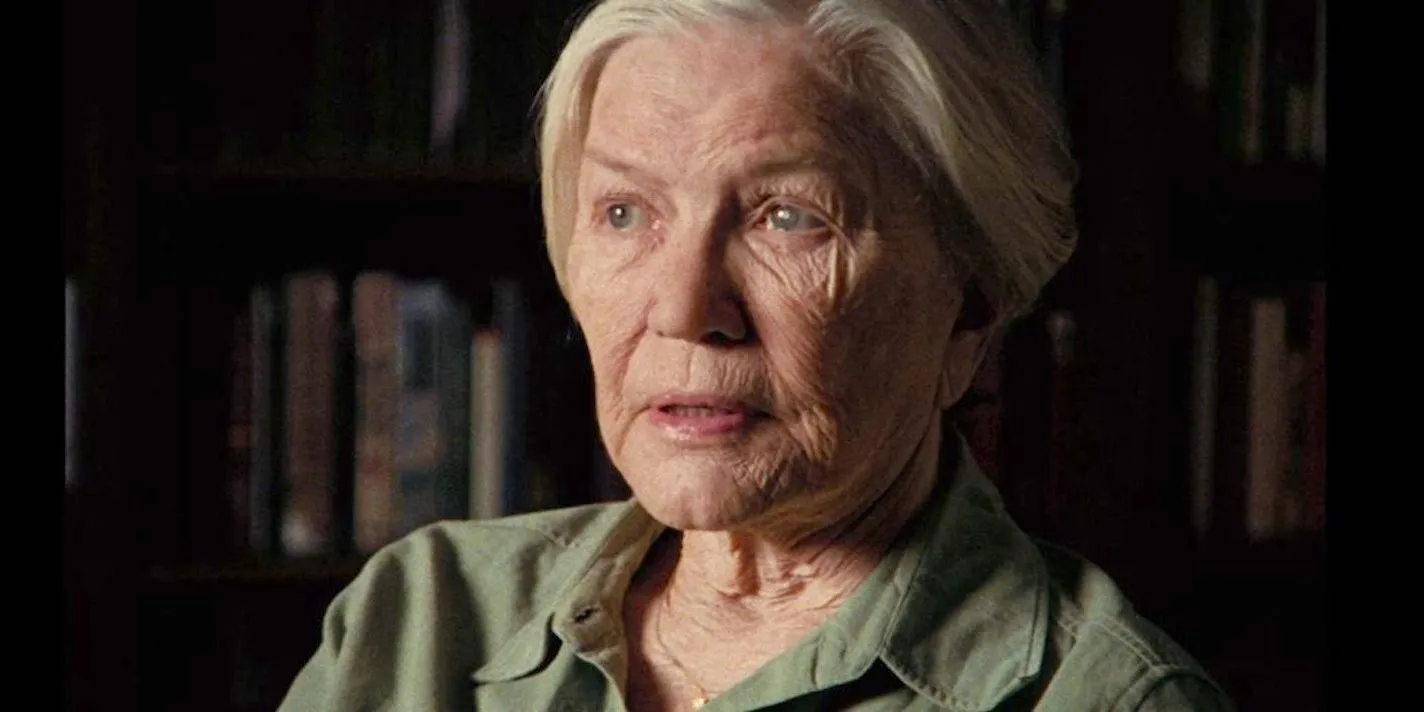
Christopher Nolan’s Interstellar presents a more coherent exploration of time travel compared to his later work, Tenet. Nolan is well-known for crafting complex narratives, and Interstellar stands out as one of his most ambitious films. In a future where Earth faces ecological disaster, former NASA pilot Joseph Cooper is tasked with a mission to traverse the cosmos in search of a new home for humanity.
The film’s climax reveals the intricate relationship between time dilation and human perception. Nolan skillfully incorporates the scientific principle of time distortion, which becomes a pivotal plot element. When comparing Interstellar to Nolan’s 2020 film Tenet, the latter’s depiction of time manipulation is notably more convoluted.
Interstellar: Grounded in Real-World Science
Understanding Time Dilation in Interstellar





Within Interstellar, three astronauts are dispatched to explore various planets deemed possibly habitable by NASA. Their first destination is Miller’s planet, located perilously close to the supermassive black hole Gargantua. Here, the characters experience time dilation firsthand. This phenomenon, rooted in Einstein’s theory of relativity, suggests that gravitational fields influence the passage of time.
On Miller’s planet, 3 hours and 7 minutes translate to approximately 23 years on Earth. This striking contrast emphasizes the profound effects of time dilation: for every hour spent on Miller’s planet, seven years elapse on Earth. The emotional weight of this time gap profoundly impacts Cooper, who returns to discover that his children have aged significantly during his brief absence.
The Science Fiction Elements of Interstellar’s Conclusion
Fifth-Dimensional Beings and Humanity’s Future





While much of the narrative follows a linear format, the concluding sequence introduces complexity due to Cooper’s experiences on Miller’s planet. The film culminates in Cooper’s entrance into a tesseract—an extraordinary construct by future humans utilizing fifth-dimensional physics. These advanced beings, capable of perceiving time as a whole, design the tesseract to allow Cooper to relay vital information to his daughter, Murph, who is grappling with humanity’s survival.
Despite the challenges of understanding fifth-dimensional concepts, the time dilation experienced by Cooper elucidates how he communicates with his adult daughter. This exchange significantly deepens humanity’s wisdom regarding space and time and ultimately leads to their salvation.
Comparing Time Travel in Interstellar and Tenet
The Backward Time Travel Concept in Tenet





While Interstellar utilizes time dilation effectively to heighten suspense, Tenet presents a more intricate approach to time travel. Unlike Cooper’s forward time jump, characters in Tenet invert their trajectory to navigate the past. This innovative machine, known as the turnstile, enables characters to reverse their entropy.
| Movie | RT Critics Score | Worldwide Box Office |
|---|---|---|
|
Interstellar (2014) |
73% |
$733,491,575 |
|
Tenet (2020) |
70% |
$365,304,105 |
In Tenet, as characters traverse through time in reverse, the surrounding world continues to progress forwards, leading to a disorienting viewing experience. Although Tenet’s time travel draws from advanced theoretical physics principles proposed by Richard Feynman and John Wheeler, its execution is not nearly as comprehensible as the time dilation portrayed in Interstellar. Consequently, Interstellar’s approach to time travel remains more digestible for audiences.




Leave a Reply